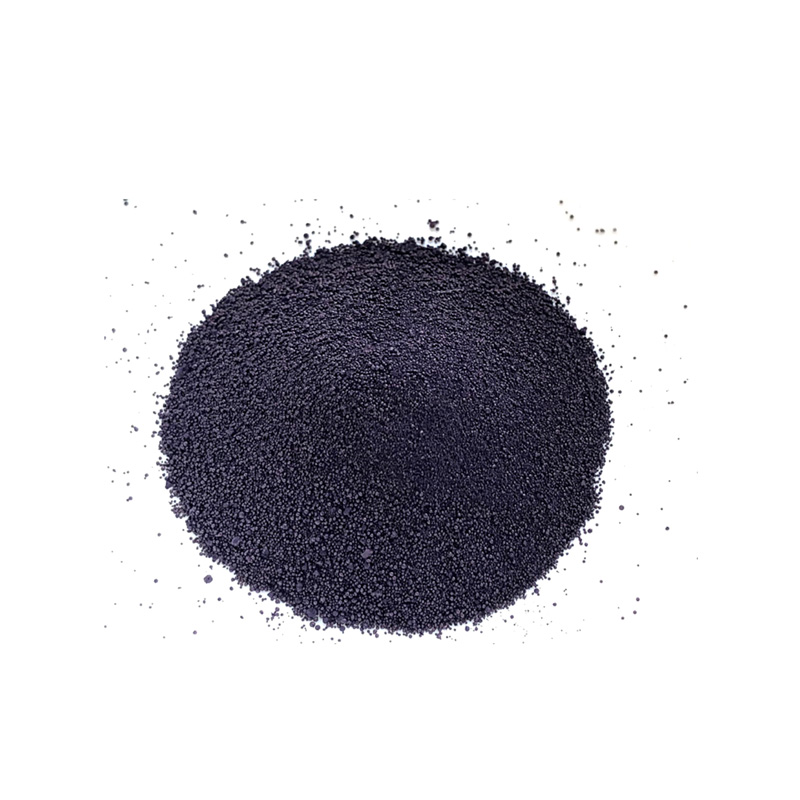Wholesale Colored Denim Fabric for Fashion and Apparel Production
The Evolution and Significance of Wholesale Sulfur Dyed Denim
Denim has long been a staple in the fashion industry, known for its durability and timeless style. Among the various methods of dyeing denim, sulfur dyeing stands out for its unique characteristics and advantages. This method has gained popularity, particularly in the wholesale market, offering brands a sustainable, cost-effective, and versatile option for contemporary consumers.
Understanding Sulfur Dyeing
Sulfur dyeing involves the use of sulfur-based dyes, which are known for their exceptional wash and lightfastness. The process typically requires the fabric to be treated in a sodium sulfide solution, giving the denim a deep, rich hue that is often associated with vintage styles. Unlike other dyeing methods that may produce vibrant and bright colors, sulfur dyes achieve a more subdued palette, ranging from dark blacks and deep blues to earthy tones. This characteristic lends itself well to a modern aesthetic that many consumers find appealing.
Advantages of Wholesale Sulfur Dyed Denim
1. Cost-Effectiveness One of the primary reasons for the rising popularity of sulfur dyed denim in the wholesale market is its cost-effectiveness. Sulfur dyes are generally less expensive than other dye types, which can reduce production costs for manufacturers and ultimately make the product more affordable for consumers. This is particularly advantageous for brands aiming to offer high-quality products at competitive prices.
2. Sustainability As the fashion industry increasingly moves toward sustainable practices, sulfur dyed denim has emerged as an eco-friendly alternative. The production of sulfur dyes typically requires fewer resources compared to synthetic dyes that might involve harmful chemicals. Furthermore, the durability of sulfur dyed denim means that garments made from this fabric can withstand repeated washing without fading, promoting a longer lifespan and reduced environmental impact.
wholesale sulfur dyed denim

3. Versatility Sulfur dyed denim's unique coloration process allows for a wide range of applications. It can be used in various garment styles, from classic jeans to jackets, skirts, and even accessories. The subdued colors and rich textures align with the current trends of streetwear and casual fashion, making it an attractive option for brands targeting a youthful, fashion-conscious audience.
4. Market Demand With the resurgence of interest in heritage and raw denim styles, consumers are increasingly seeking products that provide authenticity and durability. Wholesale sulfur dyed denim meets this demand, appealing to a demographic that values quality and timelessness over fleeting trends. This alignment with consumer demand reinforces the relevance of sulfur dyed denim in today’s market.
Challenges in Production
Despite its advantages, the production of sulfur dyed denim is not without its challenges. The dyeing process can be less predictable compared to other methods, requiring skilled craftsmanship to ensure color consistency. Additionally, while sulfur dyes are known for their fastness, they can sometimes lack the vibrancy that other dyes offer, limiting their use in certain high-fashion contexts.
Moreover, as with any industrial process, the environmental impact must be considered. Although sulfur dyes are generally considered more sustainable, the overall ecological footprint of denim production, particularly in water usage and pollution, remains a pressing concern. Manufacturers are continuously looking for ways to improve their processes and reduce waste, adopting technologies that allow for cleaner dyeing practices and better water management.
Conclusion
Wholesale sulfur dyed denim represents an exciting evolution in the textile industry, merging tradition with modern demand. Its cost-effectiveness, sustainability, and versatility make it a go-to choice for many brands looking to stay relevant in a fast-paced market. As consumers become more discerning, the significance of sulfur dyed denim will likely continue to grow, offering a practical solution that aligns with the ethos of sustainability and quality. Moving forward, the challenge will be for manufacturers to balance production efficiency with environmental responsibility—a goal that is not only beneficial for business but essential for the health of our planet. By embracing innovation while respecting traditional practices, the denim industry can create a more sustainable future with sulfur dyed fabrics at the forefront.
-
The Timeless Art of Denim Indigo Dye
NewsJul.01,2025
-
The Rise of Sulfur Dyed Denim
NewsJul.01,2025
-
The Rich Revival of the Best Indigo Dye
NewsJul.01,2025
-
The Enduring Strength of Sulphur Black
NewsJul.01,2025
-
The Ancient Art of Chinese Indigo Dye
NewsJul.01,2025
-
Industry Power of Indigo
NewsJul.01,2025
-
Black Sulfur is Leading the Next Wave
NewsJul.01,2025

Sulphur Black
1.Name: sulphur black; Sulfur Black; Sulphur Black 1;
2.Structure formula:
3.Molecule formula: C6H4N2O5
4.CAS No.: 1326-82-5
5.HS code: 32041911
6.Product specification:Appearance:black phosphorus flakes; black liquid

Bromo Indigo; Vat Bromo-Indigo; C.I.Vat Blue 5
1.Name: Bromo indigo; Vat bromo-indigo; C.I.Vat blue 5;
2.Structure formula:
3.Molecule formula: C16H6Br4N2O2
4.CAS No.: 2475-31-2
5.HS code: 3204151000 6.Major usage and instruction: Be mainly used to dye cotton fabrics.

Indigo Blue Vat Blue
1.Name: indigo blue,vat blue 1,
2.Structure formula:
3.Molecule formula: C16H10N2O2
4.. CAS No.: 482-89-3
5.Molecule weight: 262.62
6.HS code: 3204151000
7.Major usage and instruction: Be mainly used to dye cotton fabrics.

